Installing solar panels for homes or businesses with flat roofs is an intelligent choice. The solar modules help the home or business owners to not only save money but also to optimize the use of their roof space.
Do you have a flat roof? Are you planning to install a solar power system on it? In this article, we will discuss the 7 most important things that you must know about installing solar panels on flat roofs.
Can you install solar panels on a flat roof?
Installing solar panel on a flat roof is as possible as installing them on a ground-mounted structure or a sloped roof. What really matters is how you design and arrange the solar arrays which will sit on your property’s flat roof area.
Although flat roofs solar PV systems are most usually installed on commercial building flat roofs, they can definitely be used for residential properties also. Solar panels on sloped roofs and ground-mounted structures have different design considerations. The same concept applies to the flat roof solar PV installations.
Houses with flat roofs are the best places to install solar PV modules too. In fact, there are a lot of benefits to installing solar modules on them. You might want to check the advantages of solar energy here.
1. There are 3 common ways to install solar panels on a flat roof.
When planning for your solar panels on a flat roof, you will have to decide how to fix them there. So, there are 3 most popular ways of doing that. These are primarily done with a common goal, which is to avoid water leaks.
- Attached Type.
- Ballasted Type.
- Footing or Foundation Type.
Attached Type Mounting Structure
People usually choose this option when there is little to none parapet walls surrounding the concrete roof. Parapets help to minimize the effects of uplift wind pressure on solar panels. If the location of the solar power system is experiencing tremendous wind speeds, the attached type installation will be the best fit.
The attached type is considered one of the most expensive options for installing solar modules on flat roof spaces. In most cases, it involves careful chemical anchoring. It is a technique of injecting resin into the hole before the stud insertion. The chemical provides extra adhesion since it fills in all irregularities. This creates extra strength to the solar mounting structure attached to the flat roof. Additionally, it will make the holes 100% airtight, thus, avoiding water leakages inside the building. (Source)
Ballasted Type Mounting Structure
This type of installation utilizes ballasted solar panel racking. Basically, it uses a heavy material to keep the solar racking in place.
There will be no drilling and anchoring works in this type of installation. With this, you will have a quick and easy installation of your solar power system. This is normally used when penetration on the roof is not an option.
Concrete Footing or Foundation Type Mounting Structure

This type of installation uses concrete blocks as footings of the solar panel racking as they bear the weight of the PV modules. It is used for flat roofs with high parapet walls and just enough space for solar modules. The footings or concrete bases sit directly on the roof without any penetration. This will look similar to a ground-mounted system, it is just installed on a flat roof.
The main purpose of the concrete bases is to ensure the racking system stays intact even in stormy seasons. It guarantees a good installation without causing water leakages to the roof. It also elevates the solar modules and reduces shading effects from high parapet walls.
Sometimes, building owners do not allow drilling on concrete flat roofs. This might be due to the old age of the building. Or, they just don’t want to tamper with waterproofing insurances of the roof. That is why they opt for the concrete footing or foundation type of installation.
2. Flat roofs should not mean flat solar panel angles.
Just because you are installing your solar modules on flat roofs, does not mean you should also install it at 0 degrees inclination. There are many reasons why you should avoid flat solar panel angles. Here are some of the reasons below:
Disadvantages of Flat Solar Panels
- Dust will accumulate easily.
- Dust and other debris that accumulate will make you lose up to 10 percent of energy production.
- Cleaning will be more challenging.
- Solar energy production will become less compared to inclined solar panels.
- Your return on investment period will be much longer.
- You may not get the full benefits of natural solar panel cleaning from the rain.
Comparison between inclined vs flat solar panels – Simulation Results
We did 2 simulations for an 11.2kWp solar power system. One with 5 degrees inclination and the other is with flat solar panels or with a 0-degree tilt angle.
If you want to learn how to do solar power system simulation, you may want to check this article. Here are the results:


As seen in the results, the system will produce 586kWh more each year just by having 5 degrees tilt than having it flat. This is not even considering the losses due to dust accumulation on your panels if you install the solar panels at a zero-degree tilt.

At 10 degrees tilt angle, the 11.2kWp system will produce 14,520kWh to the grid in one year.
So, to avoid these disadvantages, you should install your solar panels with at least 5 degrees tilt angle. You can do this by choosing the correct mounting supports for your modules. This way, your flat roof solar power system will generate more kWh.
3. Wind speed must be considered for flat roofs.
A normal flat roof solar power system can withstand a 160 km/h (100 miles/h) wind velocity.
During the design stage of your solar power system, you should also take wind speed into consideration. Especially if you are in areas where winds can go more than 180 kilometers per hour (110 miles/h), you must ensure that your solar power system can withstand the wind blows.
Additionally, you need to specify the wind speed requirements for the solar structure manufacturer. This enables them to give you the correct types of racking. They might need to increase the thickness of the structural profiles. And, they will advise you how you should install your mounting structures whether attached, ballasted, concrete footing, or any other type.
More importantly, you need to make sure your installers are following the correct guidelines when installing your solar panels on your flat roof. This way, you will avoid any damage to the solar modules when strong winds blow.
4. You can still get optimal energy performance for flat roof solar panels.
Regardless of the type of installation, flat roof solar panels can still get optimal energy performance. This can be done in different ways.
One way is by adjusting the solar arrays to optimum tilt angles, and to the optimum direction where the modules will face on the roof. This is an important thing to be included during the design stage. It is recommended that you prepare the drawing and the layout of the solar panels.
Additionally, you can achieve optimal performance from your system by minimizing the shading effects on your solar power system. It can be achieved by adjusting the inter-row distances of solar arrays. This is very effective especially if your roof space is massive. If your flat roof has high parapet walls, choosing the right racking system, which will elevate the solar modules, is the best thing to do. Knowing and applying these things will help minimize the shading effects on your flat roof solar arrays.
When installation day begins, start with ensuring the solar racking system conforms to your design and drawing. Then, complete the installation knowing that you have considered all the factors mentioned above.
5. There is a higher risk of water leakage on flat roofs.
Water pooling is common on flat roofs. Since it is flat, the water does not have anywhere to go but down. Moreover, adding solar panels will give you a higher risk of water leakage if you don’t prepare for it properly.
If you are considering the attached type of installation, you need to make sure that your installer is working on it professionally. They have to strictly adhere to the racking manufacturer standards. They need to make sure all holes are properly sealed with chemicals for waterproofing.
6. You need to consider the mechanical units on your flat roof.
One of the challenges in the design and installation of solar panels on a flat roof is the constraint due to existing mechanical units. To be efficient, consider the existing units on your roof before the planning and installation stages begin.
- Outdoor Air Conditioning Units.
- Drains.
- Exhaust fans.
- Vents.
- Water tanks.
- Parapets.
- Rooftop structures.
- AC and water pipes.
- etc.
By taking into consideration these items, you will be able to design your system racking, spacing, and arrangement properly. This will not only avoid the shading effects, but also the maintenance access issues after the installation of your solar power system.
7. You can consider installing it on your flat garage roof.
Can we install solar panels on a garage roof? Yes, you can also successfully install solar panels on your garage with a flat roof. Just like the main roof, it can also be used for solar energy. As long as it can hold the structures and solar modules, you can enjoy additional solar energy sources using your garage roof.
If the roof slope allows it, solar panels can be mounted on the garage roof. Garages that are detached from the house can be a great source of solar energy. If solar panels on your house don’t appeal to you, consider putting them in your garage if it isn’t visible from the street.
How to install solar panels on flat roofs
To install solar panels on a flat roof, you can start by arranging the concrete blocks that will serve as the foundation where the mountings structures will be fixed. The next thing to do is to fix the aluminum or steel mounting structures on the concrete blocks. After installing the mounting structures, you will then have to fix the solar panels on the metal structures using the rails, mid clamps and end clamps.
Once the solar panels are fixed on the mounting structures, you will then need to wire them according to the design of the solar PV strings. This is done by connecting the male MC4 connector of one solar panel to the female MC4 connector of the next module. Each string will then be connected to the inverter.
Final Thoughts
In conclusion, these are 7 of the most important things you need to consider when installing solar panels on flat roofs. Indeed, it is best to prepare and be knowledgeable of the factors pertaining to a flat roof solar power system to avoid any mistakes along the way. Make sure to have deeper research about these things if you want to have a successful solar energy installation.
If you want to learn more about solar energy for homes, we have an article about a comprehensive solar home guide available for you.


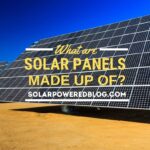
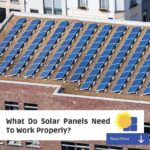
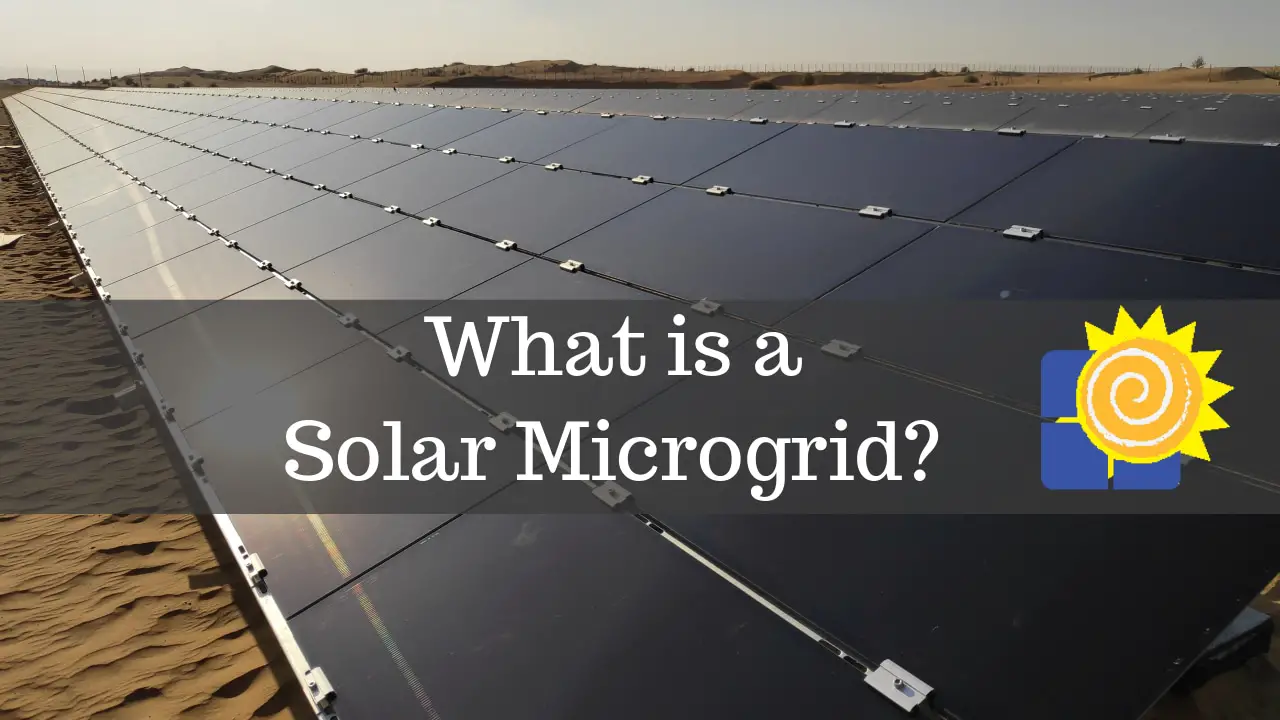

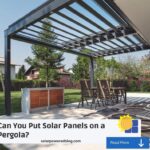
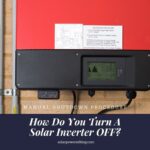
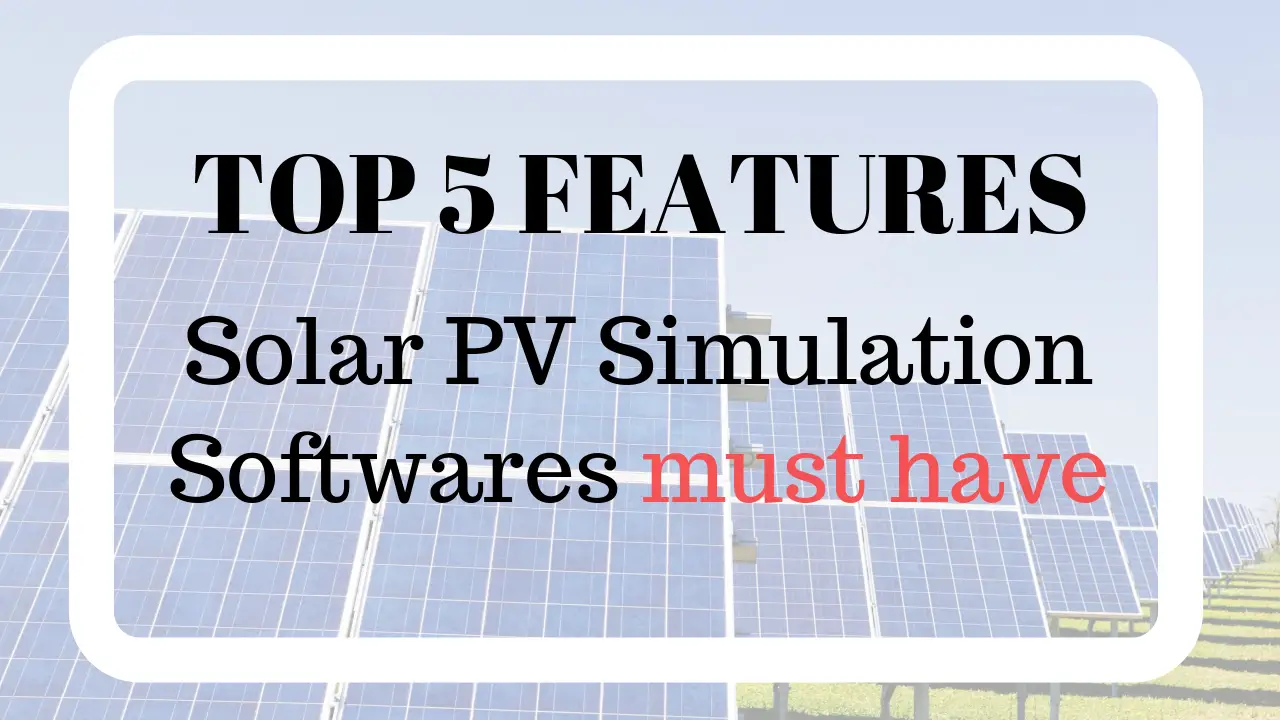
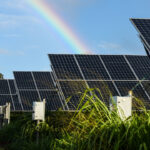

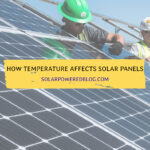
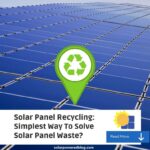


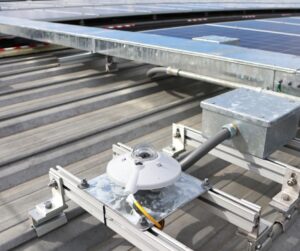
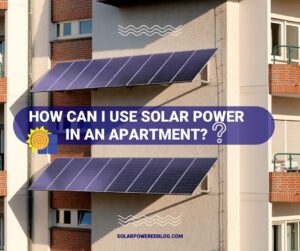

The above information is very useful, can we know more about sloped roof ?